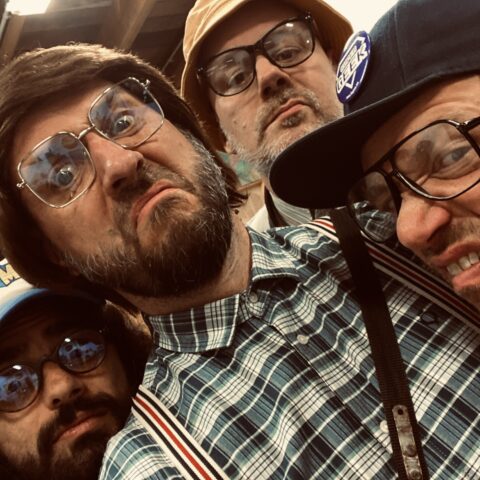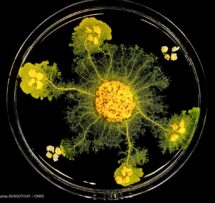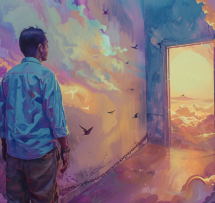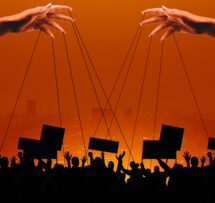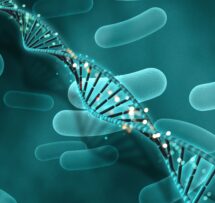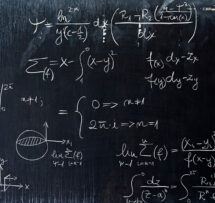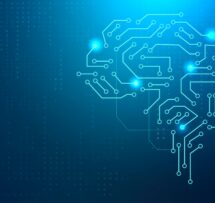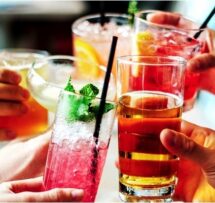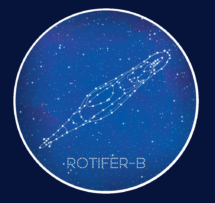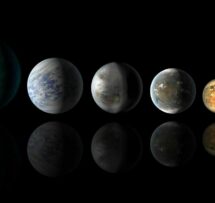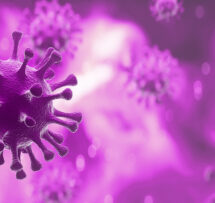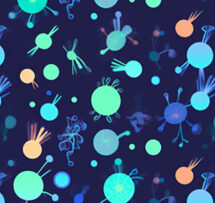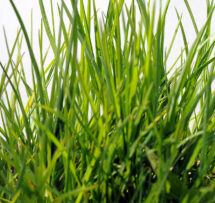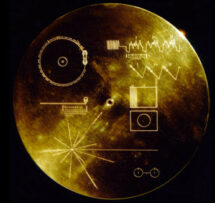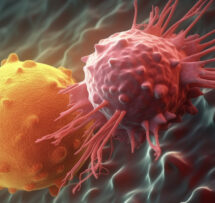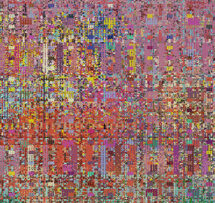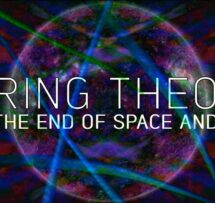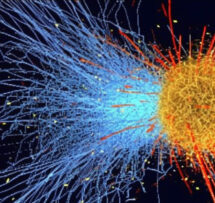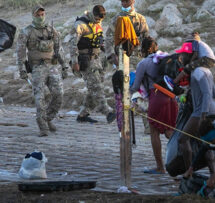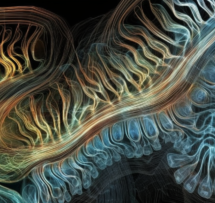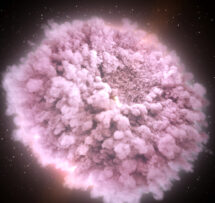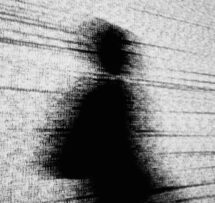Social interactions and collective behaviour
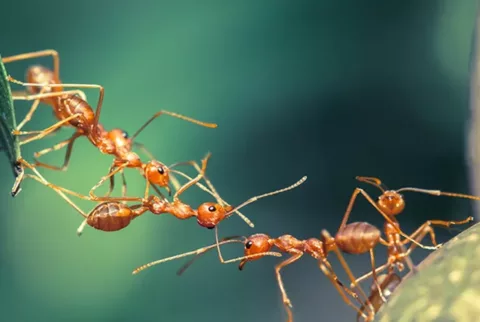
The study of collective behavior in animal societies seeks to understand how complex groups function and coordinated patterns (rhythms, consensus, nest,…) emerge from individual interactions. For example, fireflies synchronize their flashing in unison, creating a mesmerizing light display. Similarly, fish move in tight schools, ants form trails to food, and bees work together to build intricate hives, each following simple rules that lead to complex outcomes.
Insects and other invertebrates have been widely used in experiments to study how animals make decisions as a group. These studies show how collective decisions can emerge from simple exchanges of information between individuals. However, one key question remains: How do individual differences or personal experiences influence the group’s overall behavior?
This raises several important issues, like how collective choices and memories form, and how a group's history impacts their decisions. Behaviors like gregarism (the tendency to stay in groups) and recruitment (calling others to help) are commonly seen in many species and will help us explore these ideas.
Questions:
Are leaders necessary in such systems?
Why use “mathematical” models to understand social phenomena?
How to build consensus in a group?
Dispersion or aggregation?
What is collective memory?
Talk by
Jean-Louis Deneubourg
PhD (Sciences) in 1979 (Faculty of Sciences, ULB).
1990-2016 Scientist at the Belgian National Science Foundation (FNRS)
1991- Professor at the ULB (From 2021 Visiting Professor)
JLD research is concerned with collective behaviour in animal societies and mainly how the group display cognitive capabilities that go beyond the scope of single individuals. Combining theoretical and experimental approach, with his co-workers, he studied how interactions or communications among individual units lead to global organizational patterns For example, he identified how chemical communication enables ants to select the shortest paths or the gregarious behaviour generates collective discrimination. He also studied artificial systems (mainly inspired by social insects) and mixed societies where animals and artificial objects/robots interact. The outcome of his research has appeared in around 300 scientific papers.
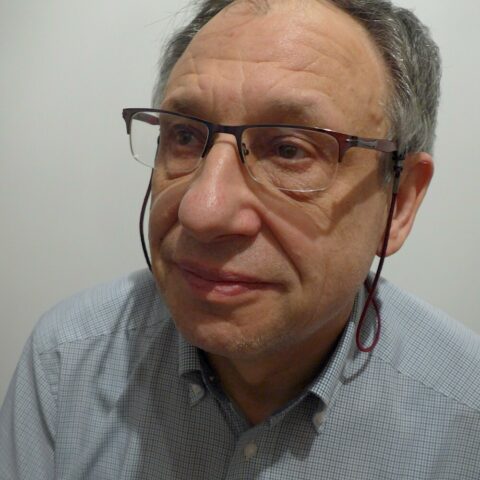
Music by
Nerds
Nerds is a festive street music group made up of four instrumentalists with diverse cultural backgrounds. While all four have a long history in the field of festive brass bands and street arts, their musical experience draws equally from jazz, experimental big band, hip-hop, African music, rhythmic ensembles and Balkan music...
Nerds are the embodiment of offbeatness and surprise. First of all, there's the discrepancy between the size of the group and the calibre of the show. One of the Nerds' distinctive features lies in the unique combination of the sonic and rhythmic generosity of a festive brass band and its “pocket” format: their arrangements and performances in terms of power, groove and rhythmic accuracy transport the audience into an atmosphere that exceeds expectations.
Then, throughout the show, there's a shift in repertoire. Starting with a set of covers of hits from the 70s and 80s through to the present day, the show is punctuated by inaUendus: metal, grunge and rap/hip-hop feature prominently in the performances. With the support of a megaphone, many passages are sung or rapped (Dré, Eminem, Jay Z...).
Nerds is also a visual and humorous show: four awkward uptight people putting on an absurd, out-of-phase show; “big sound” projected by asocial over-graduates.
